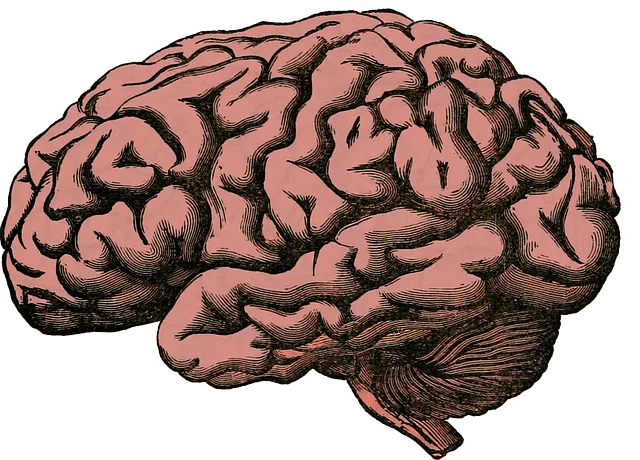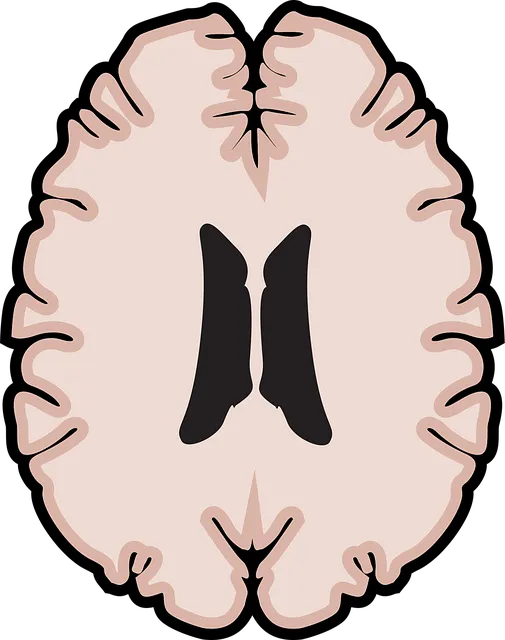The Centennial Kaiser Permanente mental health center prioritizes patient safety through comprehensive risk assessment and harm minimization strategies. By evaluating history, current conditions, and environmental factors, they create personalized plans with evidence-based interventions like workshops, education programs, and training. The center integrates mood management, stress reduction techniques, and structured programs to equip individuals with emotional coping tools, fostering a supportive environment for positive mental health outcomes. Their multifaceted approach includes stigma reduction efforts, stress management, and trauma support services, collectively minimizing harm and enhancing patient well-being.
At the Centennial Kaiser Permanente Mental Health Center, risk assessment and harm minimization planning are paramount for ensuring patient safety. This article delves into the comprehensive strategies employed by the center, starting with understanding risk assessment fundamentals within its walls. We explore safety protocols tailored for a mental health facility, identifying potential harms and vulnerabilities unique to this environment. Additionally, we detail the development of robust minimization strategies that encompass prevention, intervention, and post-incident management.
- Understanding Risk Assessment at Kaiser Permanente
- Mental Health Center Safety Protocols
- Identifying Potential Harms and Vulnerabilities
- Developing Comprehensive Minimization Strategies
Understanding Risk Assessment at Kaiser Permanente

At Kaiser Permanente’s Centennial Mental Health Center, risk assessment is a cornerstone of their comprehensive care approach. This process involves meticulously evaluating potential hazards and vulnerabilities within the healthcare environment to ensure patient safety and well-being. By adopting a proactive stance, the center identifies and addresses risks that may contribute to adverse outcomes, especially for individuals facing mental health challenges.
Through rigorous risk assessment protocols, Kaiser Permanente’s dedicated professionals analyze various factors, including patient history, current conditions, and environmental influences. This deep understanding enables them to design tailored harm minimization plans, focusing on evidence-based practices such as Stress Management Workshops Organization sessions, Mental Health Education Programs Design initiatives, and Social Skills Training programs. Such interventions not only mitigate risks but also empower patients with the tools necessary to manage their mental health effectively in a supportive environment.
Mental Health Center Safety Protocols

The Centennial Kaiser Permanente mental health center prioritizes safety protocols to ensure a secure and supportive environment for its clients and staff. These protocols encompass a comprehensive range of measures designed to prevent and mitigate risks, fostering a culture of well-being. The center recognizes that managing mental health effectively involves addressing both physical and psychological safety, leading to the implementation of robust security systems and crisis intervention strategies.
One key aspect is integrating Mood Management and Stress Reduction Methods, such as Mindfulness Meditation, into daily routines. These practices not only enhance individual coping mechanisms but also contribute to a calm and harmonious atmosphere throughout the facility. Through structured programs and individual support, the mental health center aims to empower individuals with tools to navigate their emotions, reduce anxiety, and promote overall resilience, ultimately minimizing potential harm and fostering positive outcomes.
Identifying Potential Harms and Vulnerabilities

Identifying potential harms and vulnerabilities is a critical step in risk assessment and harm minimization planning, especially within healthcare settings like the Centennial Kaiser Permanente mental health center. This process involves meticulously scrutinizing various aspects to ensure patient safety and well-being. Mental health professionals at this renowned center must be adept at recognizing not only acute risks but also long-term vulnerabilities that may impact individuals’ mental health journeys.
By implementing comprehensive risk assessment tools, such as Crisis Intervention Guidance and incorporating practices like Mindfulness Meditation, the Centennial Kaiser Permanente mental health center can proactively identify at-risk patients. This enables healthcare providers to implement tailored strategies for harm minimization, ensuring a supportive environment and effective interventions for those facing mental health challenges.
Developing Comprehensive Minimization Strategies

Developing Comprehensive Minimization Strategies at Centennial Kaiser Permanente mental health center involves a multifaceted approach to address various risks associated with mental illness. The first step is to implement Mental Illness Stigma Reduction Efforts that foster an inclusive environment and promote understanding among staff, patients, and community members. This can be achieved through education programs, awareness campaigns, and policy changes designed to dispel misconceptions about mental health conditions.
Additionally, integrating Stress Management techniques into the center’s services ensures that patients have access to tools and resources for coping with daily stressors. Providing specialized Trauma Support Services tailored to individuals’ unique needs is another critical component. This includes trauma-informed care practices, group therapy sessions, and individual counseling designed to help patients process and heal from past traumas effectively. By employing these strategies, Centennial Kaiser Permanente can create a holistic support system that minimizes harm and promotes positive mental health outcomes for all clients.
At the Centennial Kaiser Permanente mental health center, a robust risk assessment and harm minimization strategy are paramount to ensuring patient safety. By understanding the intricacies of risk assessment, implementing stringent safety protocols, identifying potential harms, and developing comprehensive minimization strategies, the center fosters an environment that promotes healing and mitigates risks effectively. These proactive measures not only adhere to industry standards but also set a benchmark for mental health care facilities across the nation.






